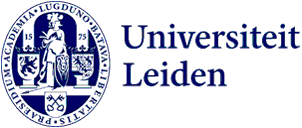Attendance
- In block 4, the attendance policy was suspended. Students had been encouraged to travel to their home country and had to do so at short notice. Students were spread across the world, studying in varying work environments. Compulsory attendance in those circumstances was not feasible nor fair. However, the situation has changed and we are no longer in the crisis situation. This means that the attendance policy will be activated again.
- Students are expected to come to class prepared, also digitally. They should have the required software on their computer and have access to a computer with a webcam on which to follow classes, and have access to internet. This falls under the student’s responsibility and agency. Even though technology can fail at times, you should try to limit this as much as possible. For those who are not in The Hague, finding a conducive workspace and high-quality internet may be outside their area of influence. If you are still abroad and are not in a situation that is conducive to online learning, please contact the Study Advisors.
- As described above under Course Design, courses ideally have a combination of a-synchronous and synchronous teaching. The attendance requirement is calculated over the synchronous elements of the course: students can miss at most 15% of these classes.
- If you miss more than 15% of the classes you have to be able to document extenuating circumstances for all absences. The exact number of classes you can miss, may differ per course due to the design. In a course in which students have two meetings per week, you can miss two sessions due to extenuating circumstances. Missing more than 15% without extenuating circumstances for all absences means a fail for the course. If you need to miss a class, inform your course instructor before class starts.
- Students must declare their time-zone at the start of the course, so instructors know how to plan their assessments as well as expectations for student attendance
